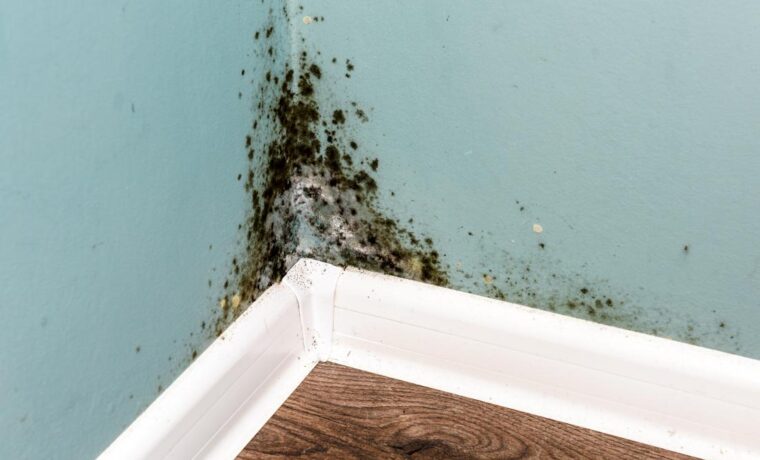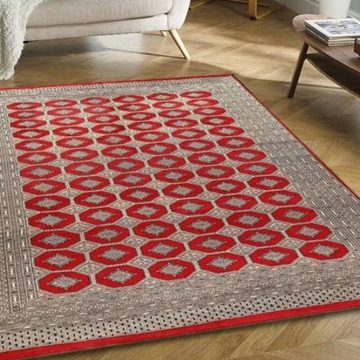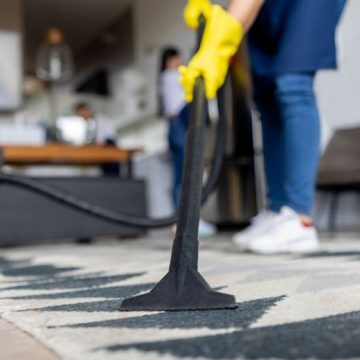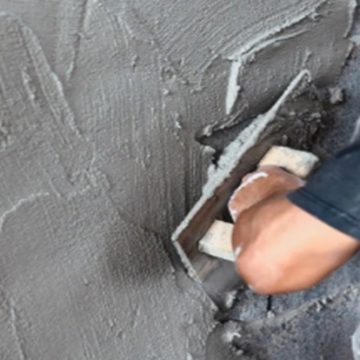People who live in homes with mold may be at risk for allergies and health problems caused by various types of mold. Most of these problems come from a stuffy head, itchy eyes, and trouble breathing. However, people with underlying health problems or allergies may be at greater risk. According to the Centers for Disease Control and Prevention (CDC), exposure to various kinds of mold can result in serious health problems for some people.
Toxic mold
When people are exposed to toxic mold, they may experience symptoms like rashes, itchiness, and burning. In addition to these, their skin may become dry and scaly. If they are affected by black toxic mold, they may develop hives or feel tired. To get rid of the harmful mold, homeowners must address the cause of the growth and take proper preventive measures. A mold allergy is another concern, so people who are sensitive to the allergen should seek medical attention.
One of the most common causes of mold is water damage. Homes that flood often are prime targets for this type of growth. As water can get behind walls and basements, floodwater can create dampness that can attract mold. If your home has been flooded, it may have hidden mold outbreaks that are difficult to notice. However, if you are experiencing unusual health symptoms, getting a mold inspection in your home is essential.
Symptoms of exposure
Some people experience various unpleasant symptoms after being exposed to house mold. The symptoms of mold poisoning can take time to manifest, and some can be confused with allergy-like symptoms. While some mold illness symptoms are only temporary, others may persist for months or even a lifetime. Below is a list of some of the most common mold-related symptoms. If you are unsure whether you have been exposed to house mold, follow these tips to determine if you’re at risk.
Allergies are common symptoms of mold exposure. People who have allergies can suffer from sneezing and runny noses. People with respiratory problems or who live in humid environments may also experience hives or a rash. For other people, the mold can irritate their skin and cause itching and a rash. In severe cases, the throat can swell and impede breathing. Although some mold exposure may trigger allergic reactions, the only cure is mold remediaton in Eastern Iowa.
Mycotoxins are produced by mold
Although the scientific community has largely agreed on the dangers of mycotoxins, the debate over the health risks associated with exposure to the toxins produced by mold in homes remains controversial. Various levels of mold exposure can cause multiple symptoms, from liver and kidney damage to respiratory problems. Moreover, mycotoxins can affect a person’s immune system, making them more susceptible to infections.
To assess the toxicity of mold in a building, researchers should first determine whether the presence of specific mold species is present. Some fungi are toxic, resulting in asthma, allergic reactions, and chronic inflammation. In addition, the toxins these molds produce can increase one’s risk of certain cancers. Therefore, if you suspect your home has a mold infestation, it’s essential to get tested immediately.
Treatment options
While most molds are harmless and not dangerous to human health, those with compromised immune systems are more susceptible to the dangers of exposure to house mold. Some people with weakened immune systems may have a greater risk of contracting house mold, including those with asthma, allergies, or other respiratory illnesses. They may also be exposed to mildew due to their occupation or living in a humid environment. If you suspect that your home is contaminated with mold, consult with a doctor for treatment options.
Mold sampling is an essential part of any mold remediaton in Eastern Iowa plan, and it should be conducted by a professional with experience in the methods and protocols used. The American Conference of Governmental Industrial Hygienists (ACGIH) has provided a document with recommended sampling procedures, and you should follow these guidelines to the letter. You can also take water samples from drain pans or cooling towers. But, again, a professional can advise you on the appropriate mold sampling protocol.
















